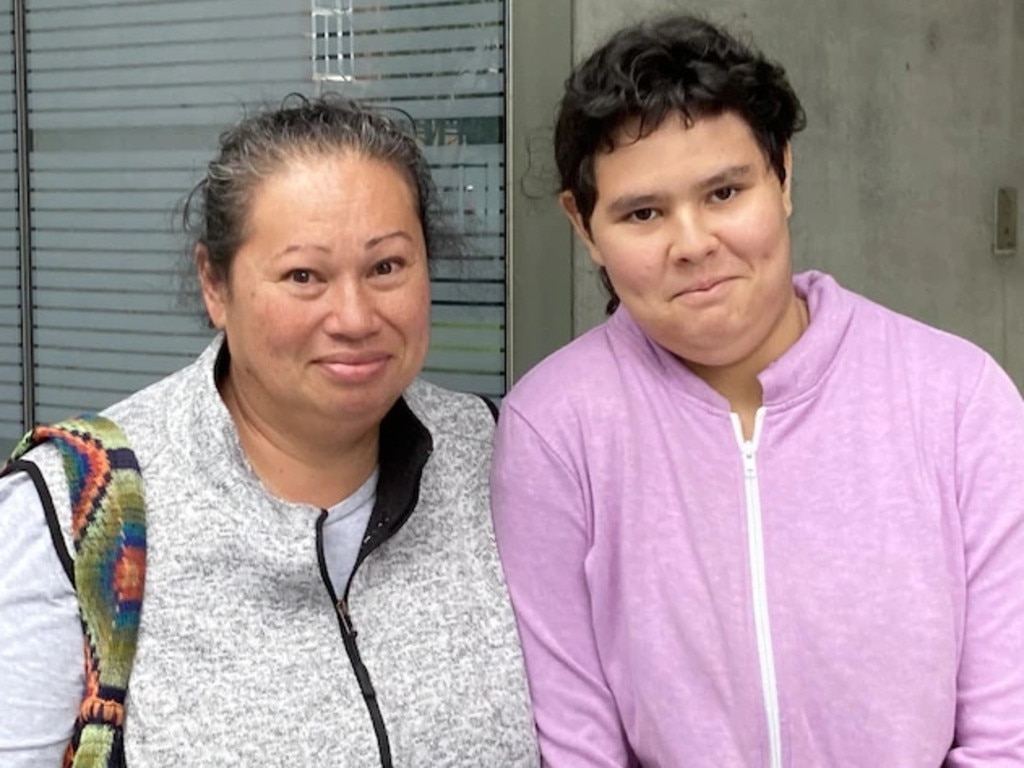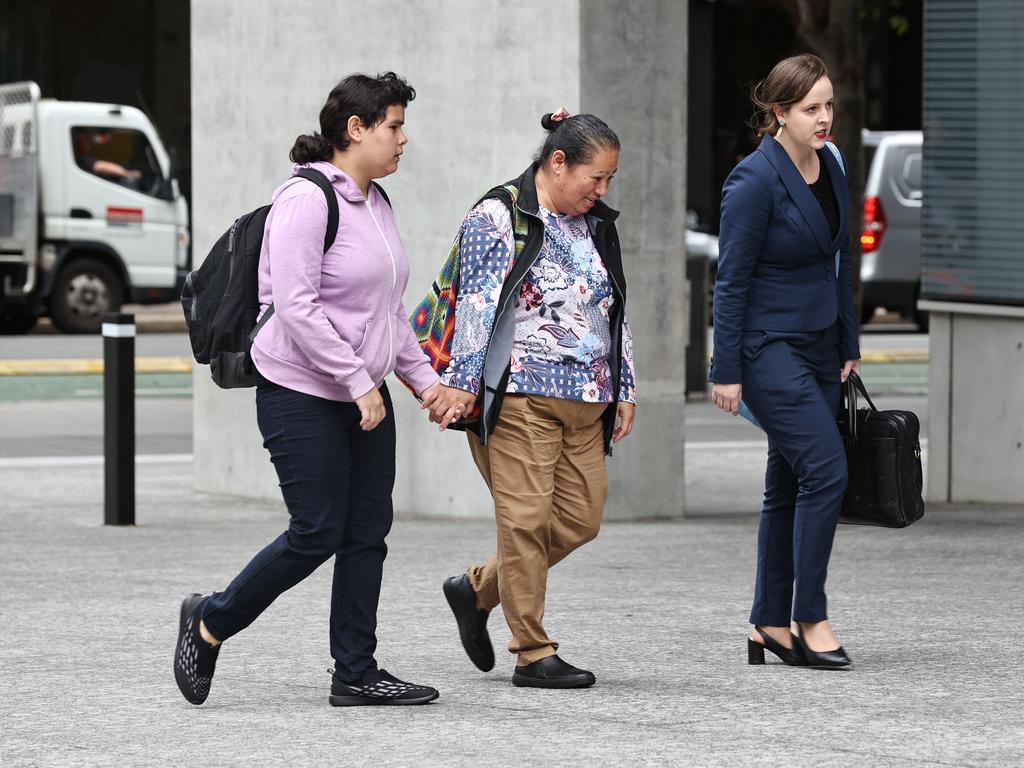Paediatrician says teenager exposed to lead as a child could still find work
A witness for Mount Isa Mines has told a court a girl who allegedly suffered brain damage from lead exposure as a child in Mount Isa could still find some paid work.
QLD News
Don't miss out on the headlines from QLD News. Followed categories will be added to My News.
A witness for Mount Isa Mines has told a court a girl who allegedly suffered brain damage from lead exposure as a child in Mount Isa could still find some paid work, with appropriate treatment.
Brisbane mother Sharnelle Seeto has sued Mount Isa Mines, in a $5 million damages claim filed by Slater and Gordon, on behalf of her daughter Bethany, now 16.
It is alleged Bethany’s brain damage resulted from lead poisoning from mine emissions, while she lived in Mount Isa from mid 2007 to January, 2008. MIM is defending the case.
Paediatrician Associate Professor Michael McDowell estimated that Bethany Sanders had a 33 to 50 per cent whole person impairment attributable to lead.

Bethany, now 16, was 20 months old when she was found to have high lead levels in her blood and she now has a below average IQ of 77.
But Assoc Prof McDowell told the Supreme Court Bethany could find work that was predictable, did not involve uncertainty, in a small, safe environment that did not require complex language or communication or much independent decision-making.
He said treatment with ADHD medication, to help with memory and planning, and cognitive behaviour therapy to address her anxiety, could improve her chances of paid employment in future.
The court heard Bethany would play in dirt and eat dirt while living in Mount Isa from mid 2007 to January, 2008.
After Ms Seeto was told that a test in September, 2007 revealed Bethany, then 20 months, had a high blood lead level, she was advised to reduce her contact with dirt and she said she increased cleaning and washing.

Another test three months later revealed the child’s blood lead level had increased from 15.3 micrograms per deciliter to 27.4.
Defence counsel for MIM, Damian Clothier QC, said the increased lead level was at a time when Ms Seeto was said to have introduced cleaning practices to effectively remove dust and dirt as a significant source of lead exposure.
Opening the defence case, Mr Clothier said there was evidence from experts that the increase in Bethany’s lead levels was linked to her continued exposure to lead after the first results.
Mr Clothier said experts agreed that Bethany’s chronic and severe iron deficiency anaemia, diagnosed at three years and four months, was unrelated and not caused by lead levels in her blood.

“Lead itself didn’t cause the iron deficiency anaemia,’’ haematologist Dr Jeremy Robertson told the court.
Dr Robertson said the anaemia was most likely caused by longstanding inadequate dietary iron deficiency combined with Bethany’s excessive consumption of cow’s milk, most likely at six to 12 months.
He said in a report that the onset pre-dated Bethany’s lead exposure in Mount Isa, but she was likely to have developed a condition, as a result of the anaemia, that caused her to eat dirt.
Mr Clothier said a geologist would give evidence that there were small areas of Mount Isa where there were particularly high values of lead in surface soils.
He would tell the court that the street where Bethany lived was likely to be an area of underlying mineralisation.
The trial is continuing.
Originally published as Paediatrician says teenager exposed to lead as a child could still find work



